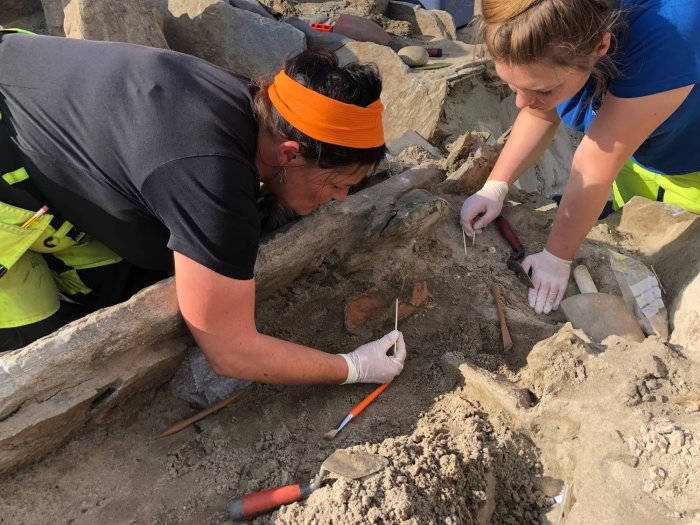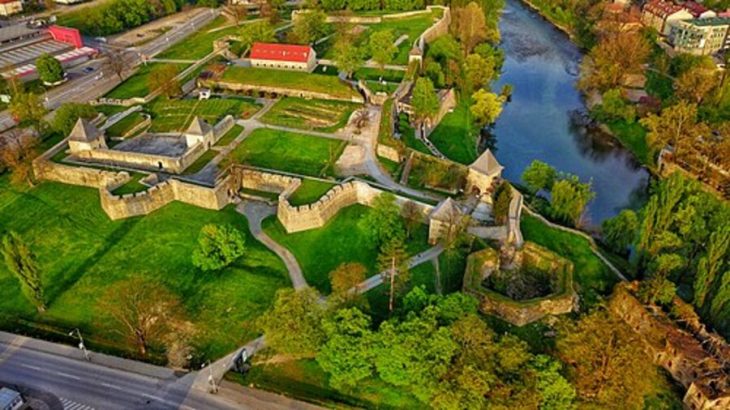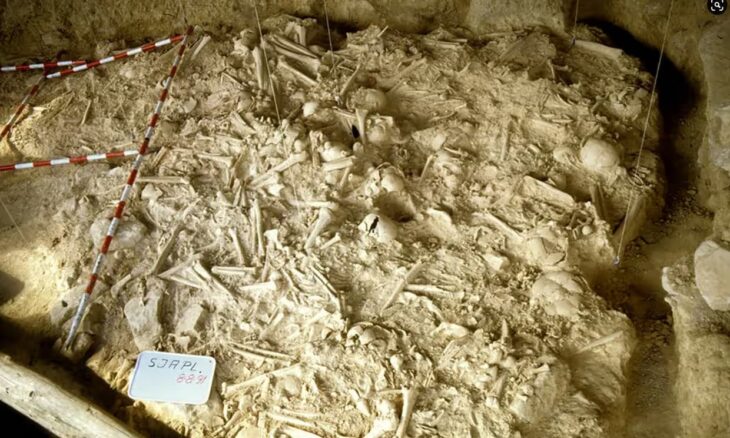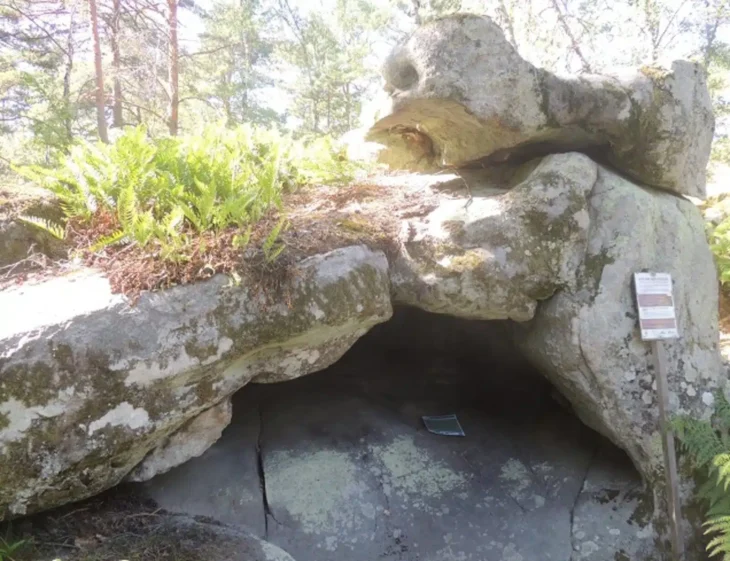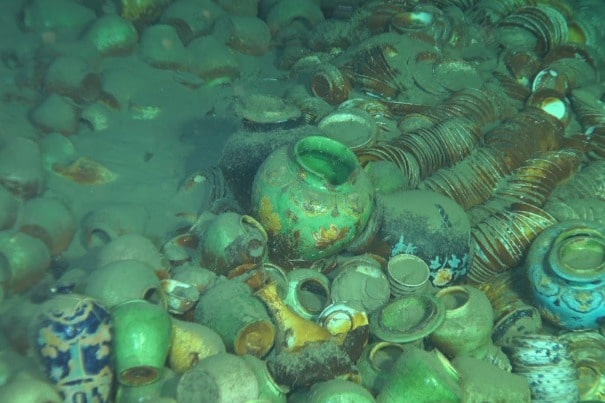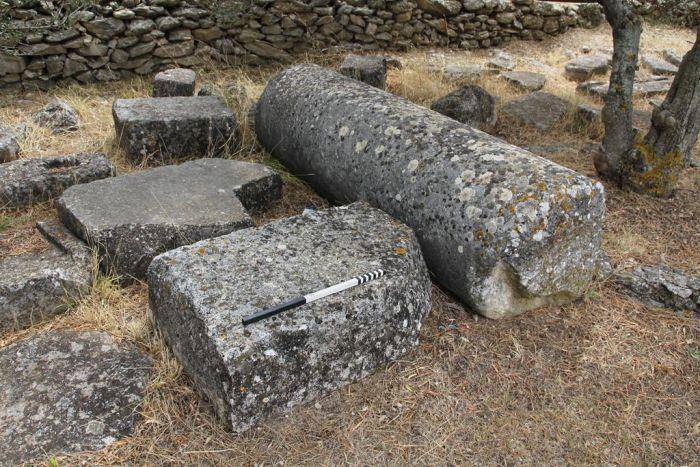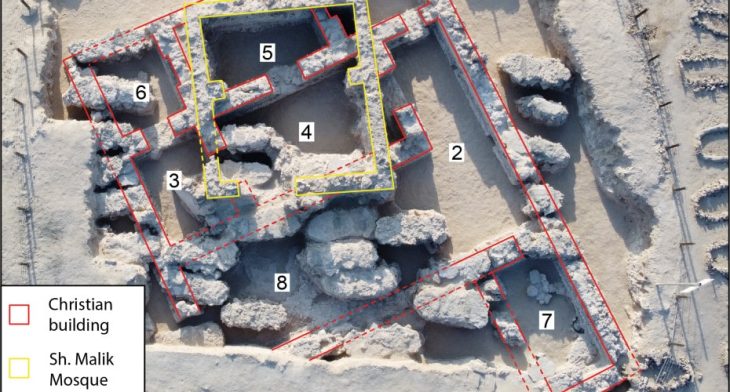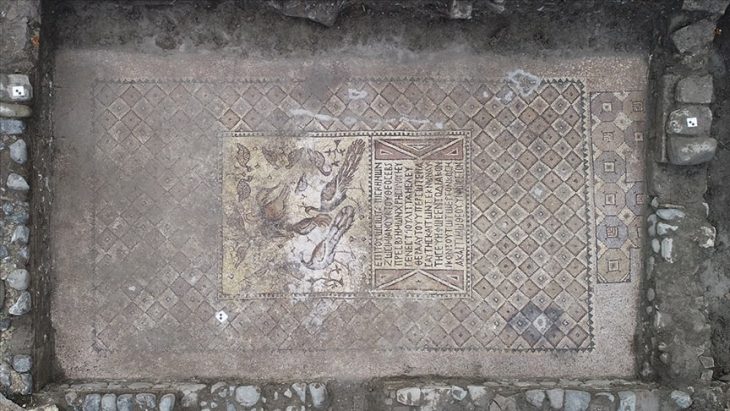Yamatosaurus Izanagii, a new genus, and species of hadrosaur or duck-billed dinosaur have been discovered on one of Japan’s southern islands by a multinational team of paleontologists.
The fossilized find adds to our understanding of the hadrosaur movement, suggesting that the herbivores migrated from Asia to North America instead of vice versa. The discovery also demonstrates an evolutionary change, as the giant creatures progressed from upright walking to all fours walking. Most importantly, the discovery adds to our understanding of dinosaurs in Japan.
Hadrosaurs are the most common dinosaurs, distinguished by their long, flattened snouts. Plant-eating dinosaurs lived more than 65 million years ago during the Late Cretaceous period, and their fossil has been found in North America, Europe, Africa, and Asia.
According to Fiorillo, a senior fellow at SMU’s Institute for the Study of Earth and Man, the Yamatosaurus’ dental arrangement separates it from other hadrosaurs. He states that, unlike other hadrosaurs, the current hadrosaur has only one functioning tooth in multiple battery locations and no branched ridges on the chewing surfaces, implying that it evolved to consume different forms of vegetation than other hadrosaurs.
Yamatosaurus also is distinguished by the development of its shoulder and forelimbs, an evolutionary step in hadrosaurid’s gait change from a bipedal to a quadrupedal dinosaur, he says.
📣 Our WhatsApp channel is now LIVE! Stay up-to-date with the latest news and updates, just click here to follow us on WhatsApp and never miss a thing!!
“In the far north, where much of our work occurs, hadrosaurs are known as the caribou of the Cretaceous,” says Fiorillo. They most likely used the Bering Land Bridge to cross from Asia to present-day Alaska and then spread across North America as far east as Appalachia, he says. When hadrosaurs roamed Japan, the island country was attached to the eastern coast of Asia. Tectonic activity separated the islands from the mainland about 15 million years ago, long after dinosaurs became extinct.
“Japan is mostly covered with vegetation with few outcrops for fossil-hunting,” says Yoshitsugu Kobayashi, professor at Hokkaido University Museum. “The help of amateur fossil-hunters has been very important.”
“These are the first dinosaurs discovered in Japan from the late Cretaceous period,” Kobayashi says. “Until now, we had no idea what dinosaurs lived in Japan at the end of the dinosaur age,” he says. “The discovery of these Japanese dinosaurs will help us to fill a piece of our bigger vision of how dinosaurs migrated between these two continents,” Kobayashi says.
The research was recently published in Scientific Reports.
Photo: Masato Hattori


